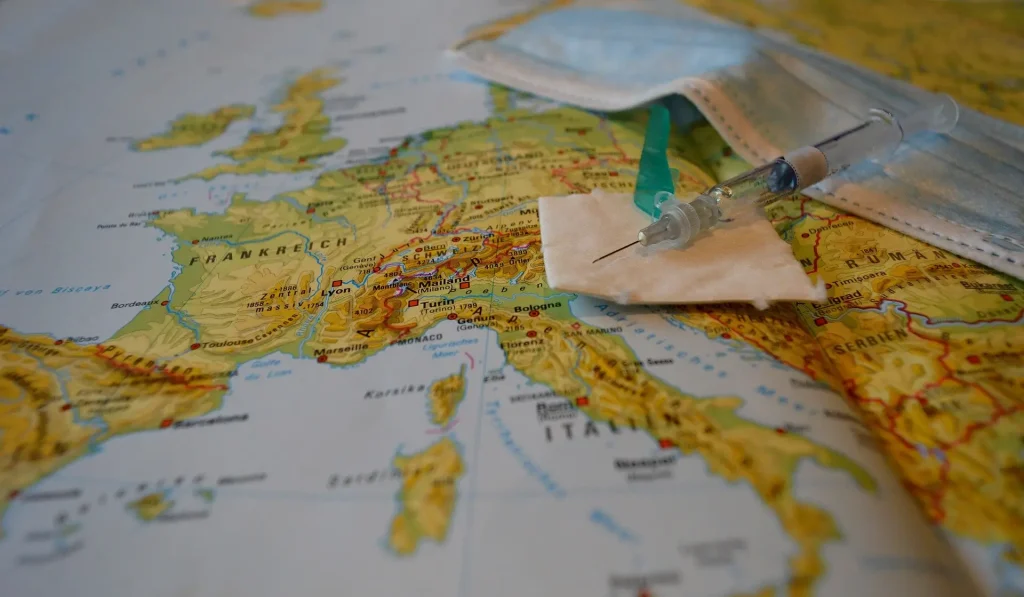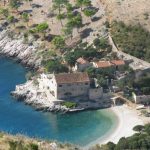With the memory of the dire 2020 Croatian tourist season still fresh in the memories of many, especially those who work within the sector, few could have imagined that the Croatian tourist season of 2021 would yield such impressive numbers of arrivals and overnight stays realised primarily by foreign tourists. Still leaning on the various coronavirus maps and traffic light systems of European countries, things could still take a turn yet.
As Poslovni Dnevnik writes, might we expect the mass exodus of tourists and serial accommodation reservation cancellations, like we did last year? Do guests rely on these measurements at all, and do they also surf the ECDC website as often as their hopeful Croatian hosts do?
The methodology itself has been the subject of serious debate for weeks now, but with the vaccination rollout across the continent going more or less well, European tourists seem much more relaxed than they were last year, when there was no such vaccine to speak of.
The public is beginning to realise that the mere addition of positive test results may not be the best criterion for introducing new anti-epidemic measures, especially now the vaccine is here and hospitalisations and deaths can be greatly reduced despite positive tests being returned. Dissonant tones can even be heard among country leaders.
When it comes to the tone being set by Croatian leaders, if we put President Zoran Milanovic and PM Andrej Plenkovic in that category, they managed to agree in principle that ”after the summer”, epidemiological measures can be abolished freely, according to a report from tportal.
The situation in family accommodation for tportal was described by the president of the Family Tourism Association at the Croatian Chamber of Commerce, Martina Nimac Kalcina.
“The potential transition of Croatia in the red zone would definitely affect the course of the Croatian tourist season, but it wouldn’t be as drastic as last year. Most of our guests are vaccinated, and there are a number of countries that aren’t guided solely by ECDC data, but have their own criteria, such as Norway, the Netherlands or Denmark. On their maps, Croatia is generally in a much better position,” stated Nimac Kalcina.
“This year, we have an extremely large number of younger guests, and they’re completely relaxed and simply want a more chilled atmosphere. The fact that Croatia had milder measures than most of Europe definitely influenced their decision and is definitely responsible for the success of the Croatian tourist season. But now the reversal follows: middle-aged and elderly guests keep their eye on the situation with the pandemic much more closely, they’re much more cautious and are obviously less inclined to come. And they’re the key for the post-season, meaning September and possibly October,” explained Nimac Kalcina.
The president of the Split-Dalmatia County Tourist Board, Josko Stella, says that the reaction of tourists to a possible change in the colour of Croatia on the ECDC map, which is realistic to expect next Thursday, is actually the question mark above all other question marks.
“It’s possible that they’ll just completely ignore this information and just go on the holiday they booked, but there’s also a chance that they’ll urgently pick up their belongings and leave Croatia, while those who intended to come will give up on taking the trip. The truth seems to be somewhere in the middle, and I’m optimistic,” said Stella.
“The answer isn’t unequivocal – in the end, European countries like the Czech Republic, Poland and the United Kingdom have their own criteria. The most important thing is certainly the behaviour of large countries and the Croatian tourist season could be abruptly interrupted only if some of them decide to impose isolation upon return, even for vaccinated people, which in my opinion is unlikely,” added the president of this Tourist Board.
He warned that the German Robert Koch Institute is preparing for a strategically important move, on the basis of which the largest European economy defines its epidemic measures, including the conditions for the return of its residents from their summer holidays.
“Over recent days, new criteria has been being proposed that will no longer take into account only the number of cases and the percentage of positive tests, but also parameters such as the number of critically unwell patients, the percentage of occupied respirators or the emergence of new strains of the virus. The incidence of coronavirus itself may have been relevant half a year ago, but that will hardly be the case for a long time to come,” added Stella.
For more on coronavirus specific to Croatia, make sure to bookmark our dedicated COVID-19 section and choose your preferred language.











